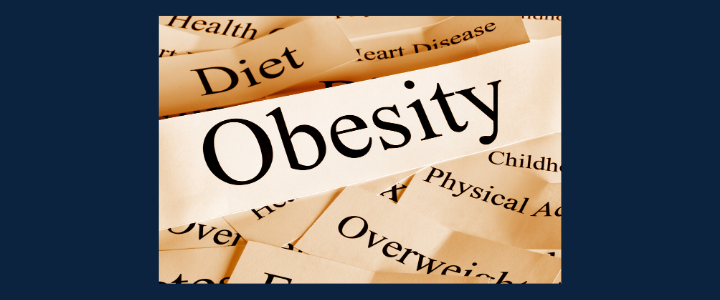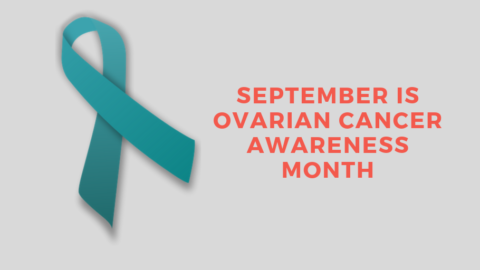On Monday, November 18, 2019 SOPHE joined the Trust for America’s Health for their congressional briefing on State of Obesity 2019: Evidence-Based Policies to Combat Obesity and Promote a Healthier America report. This year’s report includes a special section on racial and ethnic disparities in obesity. According to the report, nine states had adult obesity rates above 35 percent in 2018, up from seven states at that level in 2017, an historic level of obesity in the U.S.
Presenters included:
- Dr. Ruth Petersen, CDC’s Division of Nutrition, Physical Activity and Obesity highlighted the CDC’s work on obesity and programs.
- Martha Halko, deputy director of the Cuyahoga County Board of Health in Cleveland, spoke about the board’s work as a CDC REACH grantee and how issues like redlining have and can affect health and how they are working within the community to respond to these and other inequities.
- Devita Davison, the executive director of FoodLab Detroit, a group of businesses committed to providing a healthy, fair and green food economy in the city. The majority of businesses she works with are owned by black women. She’s a preacher’s daughter and has done a TED Talk. She shared her passion and wisdom.
Obesity rates are alarmingly high across the country:
- In 2018, Colorado had the lowest rate of obesity in the nation with an adult obesity rate of 23 percent, which two decades ago was approximately the highest state level of obesity.
- In 2000, West Virginia had the highest rate of obesity in the country with an adult obesity rate of 23.9 percent. In addition to the rapid and steady increases in obesity, racial, ethnic, and geographic disparities also persist.
The report emphasizes the urgent need to increase evidence-based obesity prevention programs to prevent disease and potentially save billions in healthcare spending.
The State of Obesity 2019 includes 31 recommendations for policymakers:
- Strengthen federal best practices to build state and local capacity and reduce disparities by expanding evidence-based programs that address obesity like, CDC’s State Physical Activity and Nutrition grants and community health programs like CDC’s REACH.
- Make physical activity and the built environment safer and more accessible by codifying the Physical Activity Guidelines for Americans; fully funding current physical education and other schooltime and out-of-school physical activity opportunities; and ensuring that infrastructure legislation considers and funds efforts that encourage physical activity, like Complete Streets.
- Prioritize healthy eating by strengthening essential nutrition supports for low-income children, families, and individuals through anti-hunger programs like the Supplemental Nutrition Assistance Program and nutrition assistance programs, like the Special Supplemental Nutrition Program for Women, Infants, and Children and ensuring that all Child Nutrition Reauthorization efforts are aligned the Dietary Guidelines for Americans.
- Change how unhealthy food and beverages are priced and marketed, especially for communities that bear a disproportionate obesity burden, by closing tax loopholes and eliminating unhealthy food and beverages advertising business costs deductions.
- Build capacity for CDC and public health departments to work with other sectors (such as housing, transportation, etc.) to address social determinants of health, the nonmedical factors that affect communities’ health status including the obesity levels.
The report, which includes a special section on racial and ethnic disparities in obesity and policy recommendations to combat the continuing crisis, is available online at www.tfah.org/stateofobesity2019 For more information, contact Daphne Delgado, senior government relations manager Trust for America’s Health at dd******@**ah.org
Doreleena Sammons-Hackett
Health education specialist



